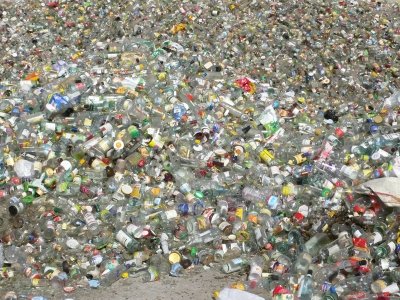Plastic packaging represents the biggest share of the European plastic demand, and consequently, of the waste that is generated and collected for recycling in Europe. However, today only 42% (according to Eurostat 2016) of plastic packaging waste is recycled in Europe, highlighting the need for more sustainable and effective waste management practices.
In order to recapture the true value of packaging and transform it into new high-quality product, the industry must focus on optimising the current reprocessing practices of this valuable resource. Increasing the amount, and more importantly, the quality of recycled output is among other factors directly affected by the quality of sorting practices. According to Plastics Recyclers Europe it is imperative, therefore, to ensure that the value of packaging materials treated at the sorting facilities is fully optimised to ultimately secure high-quality input for recyclers.
The Plastics Recyclers Europe guidance provides an overview of the best sorting practices and presents a basic configuration that is indispensable for the adequate sorting of plastic packaging waste. To optimise the output quality, in a sorting facility plastic packaging should be automatically sorted through a series of consecutive steps, increasing the efficiency as well as the effectiveness of establishing highly refined waste streams. Removing contamination and sorting out packaging according to polymer types, and optionally by colour and product categories, is a prerequisite for securing high-quality recycling input. Furthermore, the guidance advocates a standardisation, as well as harmonisation of such sorting practices, as this would ensure a more uniform and reliable flow of materials towards recycling facilities.
Plastics Strategy highlights the importance of quality sorting as “essential to avoid introducing contaminants in the recycling streams and retain high safety standards for recycled materials.” In Europe, the groundwork, however, has been laid out as high-quality sorting practices that could be EU-wide implemented do exist already. The challenge, nevertheless, is to create a system where all the complementing steps, such as separate packaging waste collection, harmonised sorting standards and bales quality checks are optimised and equally enforced at the Member State level.
It is thus essential to promote the separate collection of plastic packaging waste, and at the same time to create standards which will promote best practices in sorting and bales specifications for sorted plastic packaging waste. With these efforts, we can genuinely capture the value of plastic waste and transform it into new high-quality products, produced in accordance with the highest European safety standards.
High-quality sorting of plastic packaging waste will lead to an increased productivity and improved cost-efficiency of the recycling processes, resulting in the production of high-quality recyclates. Such measures are essential if the industry is to move closer towards circular economy.










